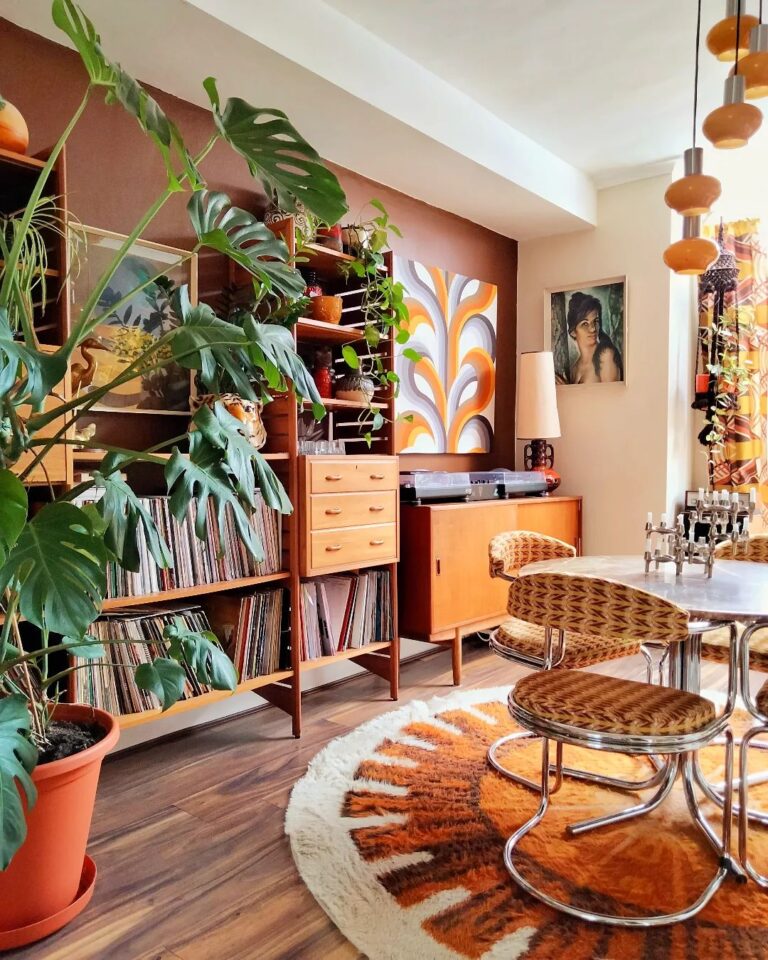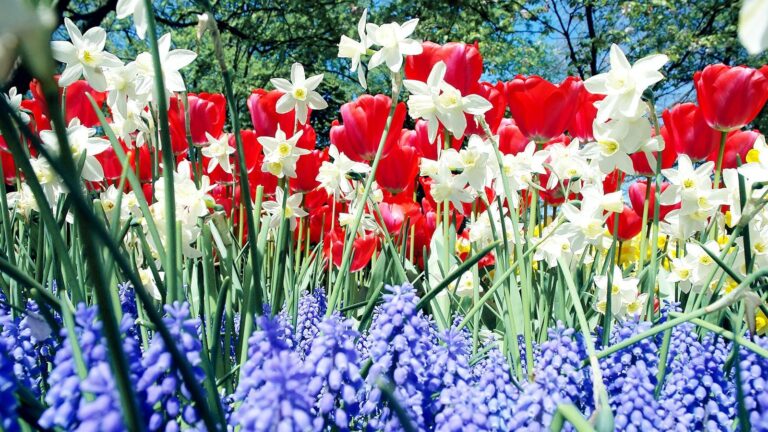Winterproofing | Preparing Your Plants for Winter

Winterproofing
Preparing Your Plants for Winter
One of the many benefits of living in central Texas is the weather. With the exception of some extreme Summers, we have pretty good weather conditions for perennial and annual garden potted plants. We also have good conditions for potted tropical plants to live and thrive outdoors on decks and patios. But, as history has shown, the weather in central Texas can become unpredictable with some Winter months bringing extremely cold weather. What does this all mean for your outdoor potted plants? It means you better plan ahead. Knowing when to bring your potted plants inside is critical to keep them from suffering in the cold weather.
Plan to move your plants inside to keep them from suffering in the cold
Planning is important to prevent plant shock. Plants are very sensitive to changes in temperature and their environment. This is why it’s important to map out areas in your home to place your potted plants before the temperature begins to drop. Winter season not only means colder temperatures but also less light. Your potted plants still need to receive adequate light so placing them by a south facing window with no draft would be ideal. But just placing them in an area that receives unobstructed light, will make them happy so long as it is warm.
Even in the dark Winter months your plants will still need plenty of light so remember to consider lighting when moving them inside
If you have lived in Texas long enough you know that the weather is unpredictable. You might be tempted to bring your plants back outside during a warm streak in December or January, but would encourage you to leave your plant family indoors until Spring. It can take weeks for your plants to acclimate to changes in temperature. It’s better not to risk a sudden drop in temperature as most plants will not be able to recover from such a drastic change.
Don’t trust the weather, keep your plants inside until Spring
The best time to bring your plants inside is at night. Once the temperature drops below 55 or 60 degrees Fahrenheit it can comprise the health of your potted plants. Bringing them inside at night, weeks before the first frost, is the best way to ensure their longevity.
Temperatures below 55 or 60 degrees Fahrenheit can be detrimental to the health of your plants
HousePlantSitter Care Tips for Winter
Pruning your plants
Over the summer months you may have noticed a major growth in some plants or lots of dead leaves and branches in other plants. While it may be tempting to prune some of the new growth on your potted plants before bringing them inside, I would advise you against this. Removing any healthy leaves from your plants is never a good idea as winter approaches. Your plants will need as many healthy new leaves as possible to absorb maximum sunlight. Leaves that are brown or yellow can be removed. Bringing your plants inside may result in a loss of some leaves. This is perfectly normal and a sign that your plant is adapting to new conditions.
Watch out for pests
It may come as no surprise that your outdoor potted plants may have become home to a few critters. Before bringing them indoors be sure to check for bugs or anything that may be living in the soil. Be sure to check the leaf surface and under the leaves. Rinsing the leaves and then submerging the pot in warm water for 15 minutes will bring any bugs to the surface. If you would like extra peace of mind before bringing the plant indoors you can treat it with insecticide or repot it. Plants should be repotted at least once a year before the temperature drops so this could be a good habit to have before bringing them inside.
Running the risk of root rot
Most potted plants stop growing in the winter or grow at a very slow rate. This means that your green family will require less water than usual. Watering your plants too often during the winter can result in root rot. This is very damaging and can be impossible or very difficult to recover from. The best way to prevent this is to look for signs of wilting yellowing leaves. Water doesn’t evaporate as much during the Winter season so keep an eye out for soil that stays damp for longer periods which could cause rapid root rot.
Not only do plants not like damp soil, they also don’t like dry air. The Winter season causes the air to become dryer than what plants typically prefer. It is best to have a humidifier nearby your potted plants that prefer a more humid environment.
The Winter season comes with many challenges that can be dangerous to your plants
Contact a HousePlantSitter expert today to ensure that you and your plants are ready for the cold



